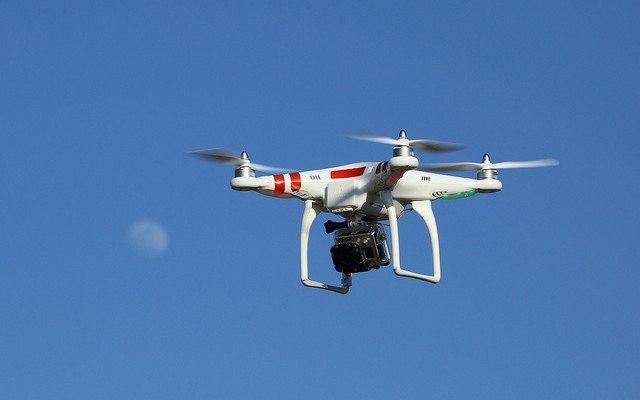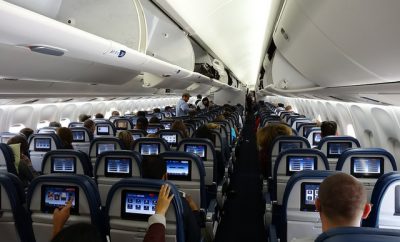 Image courtesy of [Don McCullough via Flickr]
Image courtesy of [Don McCullough via Flickr]
News
FAA Drone Rules Will Slow Amazon’s Prime Air Plans
Commercial aviation received a long-awaited triumph Sunday when the Federal Aviation Association (FAA) released draft rules for small Unmanned Aircraft Systems (UAS) that could mark the beginning of a commercial drone trend for businesses. According to The Washington Post, once these rules undergo public review and are finalized, the FAA estimates more than 7,000 businesses will obtain drone permits within three years.
These new UAS rules would make it relatively easy for businesses to acquire drone piloting licenses. After paying about $200 in fees, operators would simply have to pass a written proficiency test, and be vetted by the TSA to receive a license–no flight demonstrations necessary.
However these new FAA rules have some limitations that aren’t entirely business friendly. Operators must be at least 17-years-old and are required to remain within eyesight of their drones at all times. Drones can also only be flown during daylight hours under 100 mph and below an altitude of 500 feet. These restrictions would make long distance flights impossible, squashing “drone delivery” plans for Domino’s Pizza “Domicopter,” newspaper distributors, and Amazon’s plan to deliver goods by drone.
Amazon’s Prime Air promised to reinvent modern delivery systems, with designs to “safely get packages into customers’ hands in 30 minutes or less using small unmanned aerial vehicles.” An example of how the futuristic delivery system would work can be seen in the video below.
In July, Amazon execs pleading with the FAA for more regulatory support after hampered outdoor testing efforts, threatening to take their system overseas if not given a solution. This seems to have had no effect on the FAA decision making. Paul Misener, Amazon’s vice president for global policy, told USA Today that these current rules wouldn’t allow Prime Air to operate in the United States, but it’s not likely to stop Amazon from working towards a time when it can operate. Misner stated:
The FAA needs to begin and expeditiously complete the formal process to address the needs of our business, and ultimately our customers. We are committed to realizing our vision for Prime Air and are prepared to deploy where we have the regulatory support we need.
These regulations only apply to drones weighing 55 pounds or less. The FAA is still drafting plans for larger drones that are expected to take several more years before being sorted out. The small hobby drones that have become exceedingly popular in the U.S. aren’t subject to the rulings either. Under a law passed by Congress in 2012, the FAA is largely prohibited from regulating them as long as they do not interfere with air traffic.
Don’t expect to see one of these buzzing billboards anytime soon though; businesses likely won’t be able to begin adopting them until at least early 2017. As for Amazon, Prime Air may not be a complete lost cause in the states. Commercial drone regulations are likely to loosen as they become more commonplace.








Comments